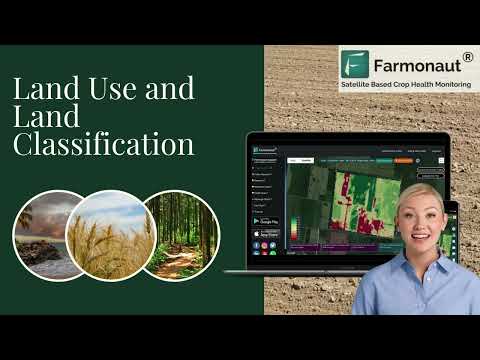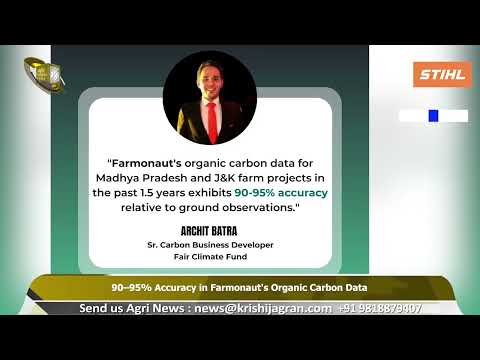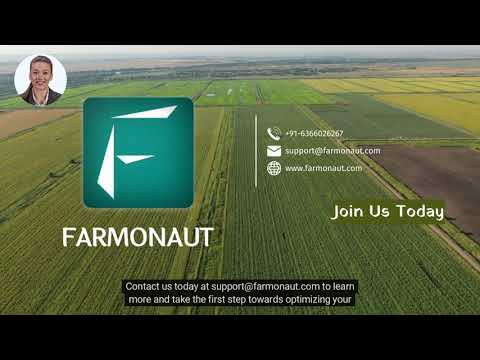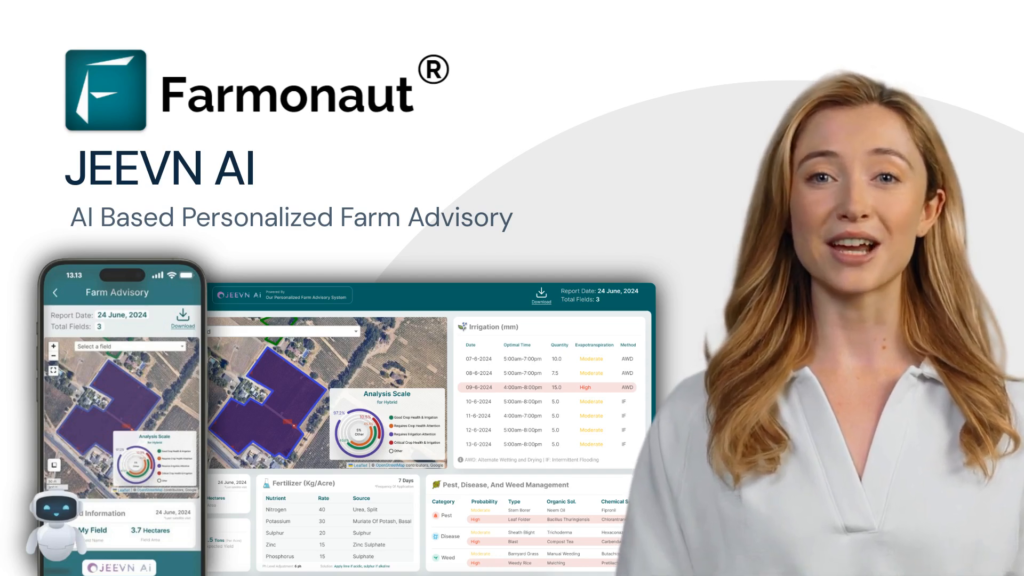Solano County Land Valuation Dispute: Agricultural Zoning vs. Development Potential
“A major landowner in Solano County appeals tax valuations on 219 agricultural properties, seeking an 84% reduction in assessed values.”
In the heart of California’s agricultural landscape, a significant land valuation dispute has emerged in Solano County, highlighting the complex interplay between agricultural zoning and development potential. This controversy not only impacts local stakeholders but also carries implications for land use policies and property tax assessments across the state. As we delve into this intricate issue, we’ll explore the various factors at play and their potential consequences for the future of Solano County’s land use and development.
The Core of the Dispute
At the center of this contentious debate is a major landowner, Flannery Associates LLC, which has appealed the property tax valuation on 219 agricultural properties in Solano County. The crux of their argument? That the true value of these properties should be approximately 16% of the county’s current assessment.
Let’s break down the numbers:
- County’s assessed value: Approximately $454.06 million
- Flannery’s proposed value: About $72.75 million
- Potential tax impact: Close to $4 million in actual taxes
This substantial difference in valuation underscores the significance of this dispute and its potential impact on Solano County’s tax base and future development plans.
Agricultural Zoning vs. Development Potential
The heart of this dispute lies in the interpretation of land value based on its current use versus its potential for future development. Flannery Associates, acting on behalf of what has become known as California Forever, argues that the properties in question should be taxed as grazing land with agricultural zoning, reflecting their current use.
However, the county assessor’s office has based its valuations on the market value of the land – a market that, interestingly, was largely created by California Forever’s own purchasing activities. This raises an important question: Should land be valued based on its current use or its potential for future development?
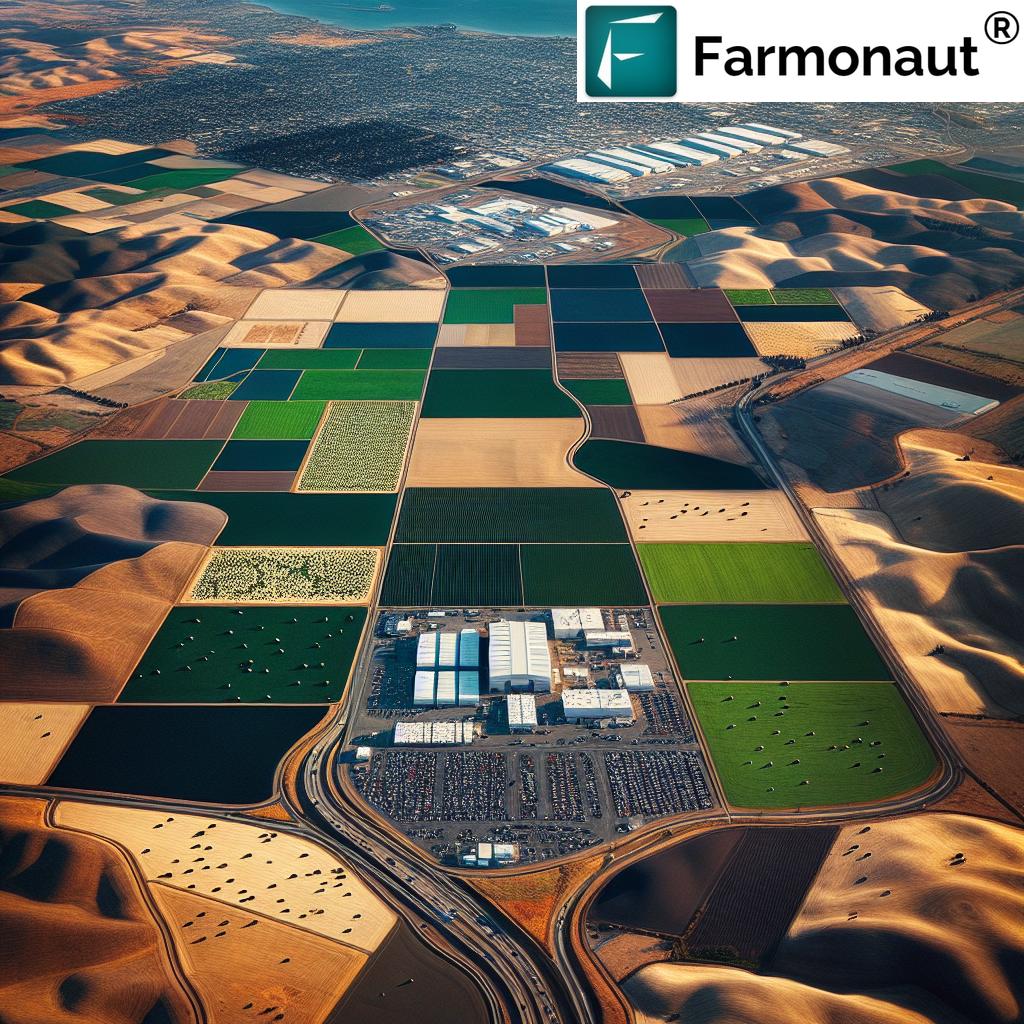
Key Factors Influencing the Dispute
Several critical factors are shaping this land valuation dispute:
- Agricultural Mitigation Policy: Solano County’s recent policy requires that for every acre taken out of agricultural use, a comparable amount of land must be protected. This policy aims to preserve agricultural land but may impact development potential.
- Airport Land Use Commission Restrictions: The commission has amended the Travis Air Force Base Land Use Compatibility Plan, adding a Low Altitude Maneuvering Zone that could restrict development, including California Forever’s East Solano Plan.
- Travis Air Force Base Land Use Compatibility Plan: This plan plays a crucial role in determining land use in the vicinity of the air base, potentially limiting certain types of development.
- Market Value Created by Purchases: The county assessor argues that California Forever’s own purchasing activities have created the market values now being disputed.
These factors collectively contribute to the complexity of the dispute, highlighting the challenge of balancing agricultural preservation with development potential in a rapidly changing real estate market.
The East Solano Plan and Its Implications
California Forever’s East Solano Plan is a key element in this dispute. This ambitious project envisions:
- A new city with commercial, industrial, and agricultural elements
- Energy-generation components
- Potential for significant economic growth and job creation
However, the realization of this plan is contingent on overcoming current zoning restrictions and land use policies. The outcome of this tax valuation dispute could have far-reaching implications for the feasibility and implementation of the East Solano Plan.
The Role of the Williamson Act
It’s worth noting that a significant portion of Flannery’s holdings are under Williamson Act contracts. The Williamson Act, also known as the California Land Conservation Act of 1965, provides tax benefits to landowners who agree to keep their land in agricultural or open space use for a specified period. This adds another layer of complexity to the valuation dispute, as land under Williamson Act contracts is typically assessed at a lower value reflecting its restricted use.
Stakeholder Perspectives
This dispute has brought various stakeholders to the forefront, each with their own perspectives and interests:
- California Forever: Argues for lower valuations based on current agricultural use, while also expressing readiness to develop the land and generate significant future tax revenue.
- Solano County Assessor’s Office: Bases valuations on market value, considering the prices paid by California Forever in its land acquisitions.
- Local Farmers and Agricultural Interests: Concerned about the preservation of agricultural land and the potential impact of large-scale development on the local farming community.
- Development Proponents: See potential for economic growth and job creation through projects like the East Solano Plan.
- Environmental Groups: May have concerns about the impact of large-scale development on local ecosystems and open spaces.
The diverse perspectives of these stakeholders underscore the complexity of the issue and the need for a balanced approach that considers both agricultural preservation and sustainable development.
Comparative Analysis of Land Valuation Factors in Solano County
| Valuation Factor | Agricultural Zoning Impact | Development Potential Impact |
|---|---|---|
| Agricultural Mitigation Policy | Preserves agricultural land value (-10% to +5%) | May increase costs for developers (-15% to -25%) |
| Airport Land Use Commission Restrictions | Minimal impact on agricultural use (0% to -5%) | Significant restrictions on development (-30% to -50%) |
| Travis Air Force Base Land Use Compatibility Plan | Limited effect on agricultural activities (-5% to +5%) | Major constraints on certain developments (-20% to -40%) |
| Current Market Trends | Stable for agricultural land (+5% to +15%) | High potential for development land (+30% to +100%) |
This table illustrates the complex interplay between various factors affecting land valuation in Solano County. It’s clear that while agricultural zoning tends to stabilize land values, the potential for development can significantly increase property values. However, restrictions like those imposed by the Airport Land Use Commission and the Travis Air Force Base Land Use Compatibility Plan can substantially impact development potential, thereby affecting land values.
The Role of Technology in Land Valuation and Management
As we navigate these complex land use and valuation issues, it’s worth noting the increasing role of technology in agriculture and land management. Advanced tools and platforms are becoming essential for both farmers and policymakers in making informed decisions about land use and valuation.
For instance, satellite-based crop monitoring and advisory systems can provide valuable insights into land productivity and potential, which could inform both current agricultural use and future development planning. These technologies offer a data-driven approach to assessing land value and potential, potentially bridging the gap between agricultural and development interests.
Potential Implications of the Dispute
The outcome of this valuation dispute could have far-reaching consequences:
- Tax Revenue Impact: A significant reduction in assessed values could lead to a substantial decrease in tax revenue for Solano County, potentially affecting public services and infrastructure projects.
- Precedent Setting: The decision could set a precedent for similar cases across California, potentially influencing how agricultural land with development potential is valued and taxed statewide.
- Development Trajectory: The resolution of this dispute could either accelerate or hinder development plans in east Solano County, shaping the region’s economic and demographic future.
- Agricultural Land Preservation: The outcome may influence policies on agricultural land preservation, potentially strengthening or weakening protections for farmland.
- Investment Climate: The decision could impact the investment climate in Solano County, affecting future land acquisitions and development projects.
“Solano County’s property tax dispute involves 219 agricultural properties, potentially impacting future development across east Solano County.”
The Broader Context: California’s Land Use Challenges
This dispute in Solano County is not occurring in isolation. It reflects broader challenges faced across California in balancing agricultural preservation, urban development, and environmental conservation. The state’s rapid population growth and economic expansion have put increasing pressure on agricultural lands, particularly those near urban centers.
Key considerations in this broader context include:
- Food Security: Preserving productive agricultural land is crucial for maintaining California’s role as a major food producer.
- Housing Demand: The state faces a significant housing shortage, creating pressure to convert agricultural land for residential development.
- Economic Development: Balancing agricultural economic contributions with the potential for new industries and job creation through development.
- Environmental Concerns: Both agriculture and urban development have environmental impacts that need to be carefully managed.
The Solano County dispute, therefore, serves as a microcosm of these larger state-wide challenges, making its resolution all the more significant.
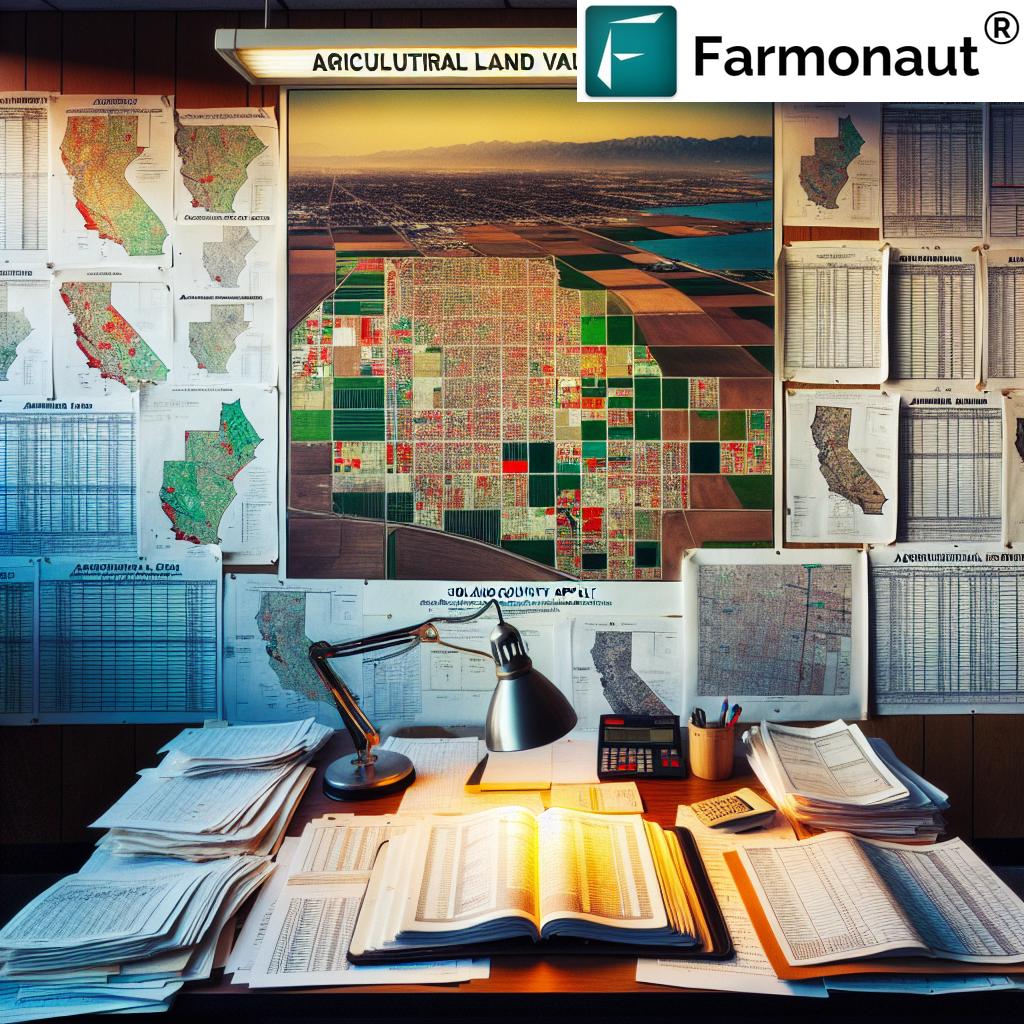
The Role of Technology in Future Land Management
As we look towards resolving these complex land use issues, technology is set to play an increasingly important role. Advanced agricultural technologies can help maximize the productivity of existing farmland, potentially reducing the pressure to convert agricultural land for development. Some key technological advancements include:
- Precision Agriculture: Using satellite imagery and AI for optimized crop management, increasing yields on existing farmland.
- Smart Water Management: Advanced irrigation systems that conserve water while improving crop yields.
- Sustainable Farming Practices: Technologies that support regenerative agriculture, enhancing soil health and reducing environmental impact.
- Data-Driven Land Use Planning: Utilizing big data and AI to make more informed decisions about land use and development.
These technological solutions could help bridge the gap between agricultural preservation and development needs, offering new perspectives on land valuation and use.
Looking Ahead: Potential Outcomes and Their Implications
As we await the decision of the Assessment Appeals Board, it’s worth considering the potential outcomes and their implications:
- Upholding Current Valuations: If the board maintains the county’s assessments, it could reinforce the consideration of development potential in land valuations, potentially encouraging more speculative land purchases.
- Reducing Valuations: A decision in favor of Flannery Associates could lead to reassessments of similar properties across the county and potentially the state, impacting tax revenues but possibly preserving more agricultural land.
- Compromise Solution: The board might arrive at a middle ground, potentially setting new guidelines for valuing agricultural land with development potential.
Each of these outcomes would have significant implications for Solano County’s development trajectory, tax base, and agricultural preservation efforts.
The Need for Balanced Policy Approaches
Regardless of the outcome, this dispute highlights the need for more nuanced and flexible policy approaches to land use and valuation. Some potential policy directions could include:
- Tiered Valuation Systems: Implementing a system that accounts for both current use and development potential, with gradual transitions as land use changes.
- Incentive-Based Conservation: Expanding programs that offer tax incentives for maintaining agricultural use while allowing for limited development rights.
- Smart Growth Initiatives: Encouraging higher-density development in urban areas to reduce pressure on agricultural lands.
- Technology-Driven Land Management: Incorporating advanced data analytics and satellite monitoring in land use planning and valuation processes.
These approaches could help create a more sustainable balance between preserving valuable agricultural resources and meeting the growing demands for development.
Conclusion: A Pivotal Moment for Solano County and Beyond
The Solano County land valuation dispute represents a pivotal moment not just for the county, but potentially for land use policies across California. It encapsulates the ongoing tension between preserving agricultural heritage and embracing development opportunities. As we await the resolution of this case, it’s clear that the outcome will have far-reaching implications for property owners, developers, local governments, and communities.
This dispute also serves as a call to action for more innovative and balanced approaches to land use planning and valuation. By leveraging advanced technologies, implementing nuanced policies, and fostering collaboration among stakeholders, we can work towards solutions that honor the value of agricultural lands while accommodating the need for sustainable development.
As Solano County navigates this complex issue, it has the opportunity to set a precedent for how communities across California and beyond can address similar challenges. The resolution of this dispute could pave the way for a more sustainable and equitable approach to land use, one that balances the preservation of agricultural resources with the demands of a growing population and evolving economy.
FAQ Section
- Q: What is the core issue in the Solano County land valuation dispute?
A: The dispute centers on whether 219 agricultural properties should be valued based on their current agricultural use or their potential for future development. - Q: Who are the main parties involved in this dispute?
A: The main parties are Flannery Associates LLC (representing California Forever) and the Solano County Assessor’s Office. - Q: What is the potential impact on Solano County’s tax revenue?
A: If the appeal is successful, it could result in a reduction of about $4 million in actual taxes for the county. - Q: How does the Williamson Act factor into this dispute?
A: A significant portion of the properties in question are under Williamson Act contracts, which provide tax benefits for keeping land in agricultural or open space use. - Q: What role does the Travis Air Force Base Land Use Compatibility Plan play in this issue?
A: The plan imposes restrictions on development in certain areas, which could impact the potential use and value of the land in question. - Q: How might the outcome of this dispute affect future development in Solano County?
A: The decision could either accelerate or hinder development plans, particularly for projects like the East Solano Plan proposed by California Forever. - Q: Could this case set a precedent for similar disputes in California?
A: Yes, the outcome could influence how agricultural land with development potential is valued and taxed across the state. - Q: What are some potential long-term implications of this dispute?
A: The resolution could impact agricultural land preservation policies, the local investment climate, and the overall approach to balancing agricultural and development interests in the region.
Earn With Farmonaut: Earn 20% recurring commission with Farmonaut’s affiliate program by sharing your promo code and helping farmers save 10%. Onboard 10 Elite farmers monthly to earn a minimum of $148,000 annually—start now and grow your income!
Learn more about our affiliate program


